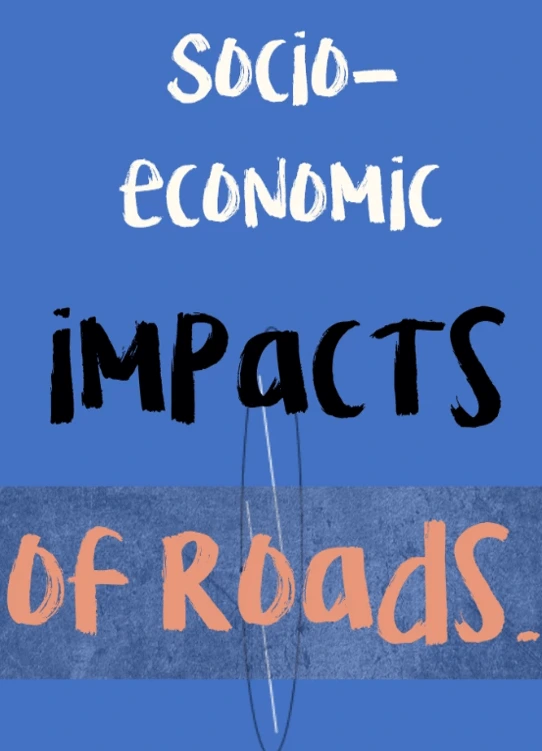Socio-economic benefits and environmental impacts, Weather, climate, and water-related disasters negatively impact societies and economies. With the ability to predict and prepare for changes in weather and climate, societies can improve resilience and boost economic prosperity.
Overview
Extreme meteorological, hydrological, and climatological events such as heat and cold waves, tropical cyclones, floods, droughts, and other hazards can impose a heavy human toll and enormous cost on economies. An estimated 3.3 to 3.6 billion people live in places which are highly vulnerable to climate change, and global temperatures are continuing to rise. Meteorological, climatological, hydrological, and related information and services can deliver vast benefits to society. They enable individuals, businesses, and governments to reduce devastating impacts of extreme events and to strengthen national economies. They can contribute to poverty alleviation, increase business profitability, and enhance convenience of daily life. National Meteorological and Hydrological Services (NMHSs) are at the center as they provide inputs on time periods ranging from hours to centuries to national, regional, and local administrations, weather- and climate-sensitive economic sectors, and the public.
From Step Five onwards, the process enters a more technical stage. Steps Five, Six and
Seven form the “backbone” of the SIA process.
Although presented in a sequence, the steps
are not linear, but often feedback loops are needed to connect together elements of these
steps for the best possible outcome. The core of an SIA is the analysis of the short, longterm and cross-cutting economic, environmental and social effects of the proposed policy.
The aim is to identify the intensity and direction of the potential impacts in the different
domains. Baseline data should reflect the assessment objectives and criteria identified in
the screening and scoping.
Therefore, The types of checklist questions used during the screening and
scoping steps can also be used for identifying the most significant impacts.
However, the analysis will need to be more detailed, and the questions will often be specific to the sector
or domain.

